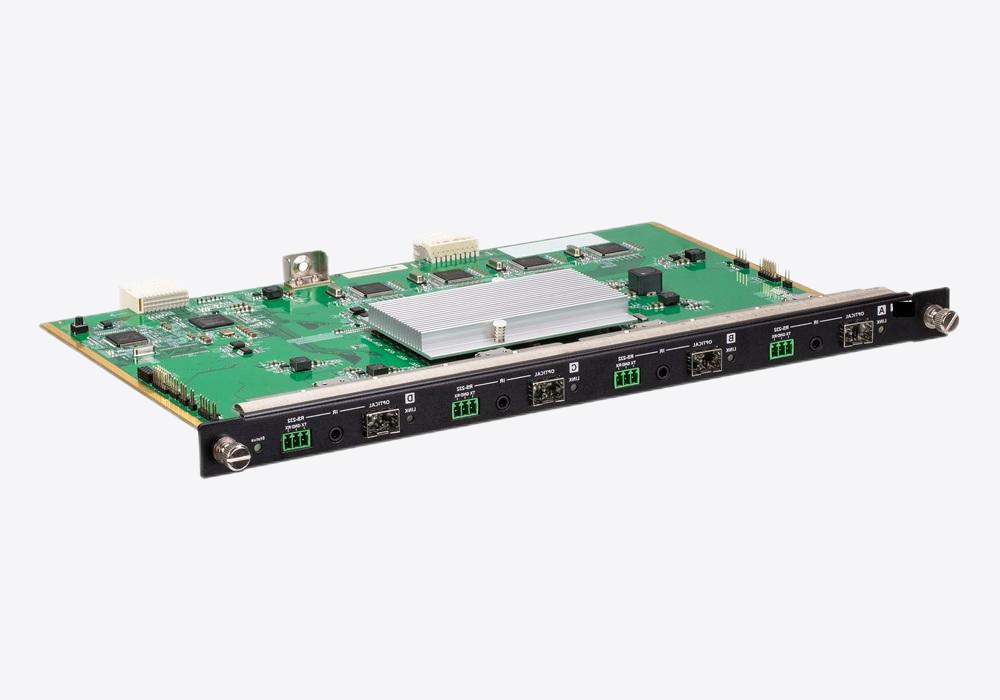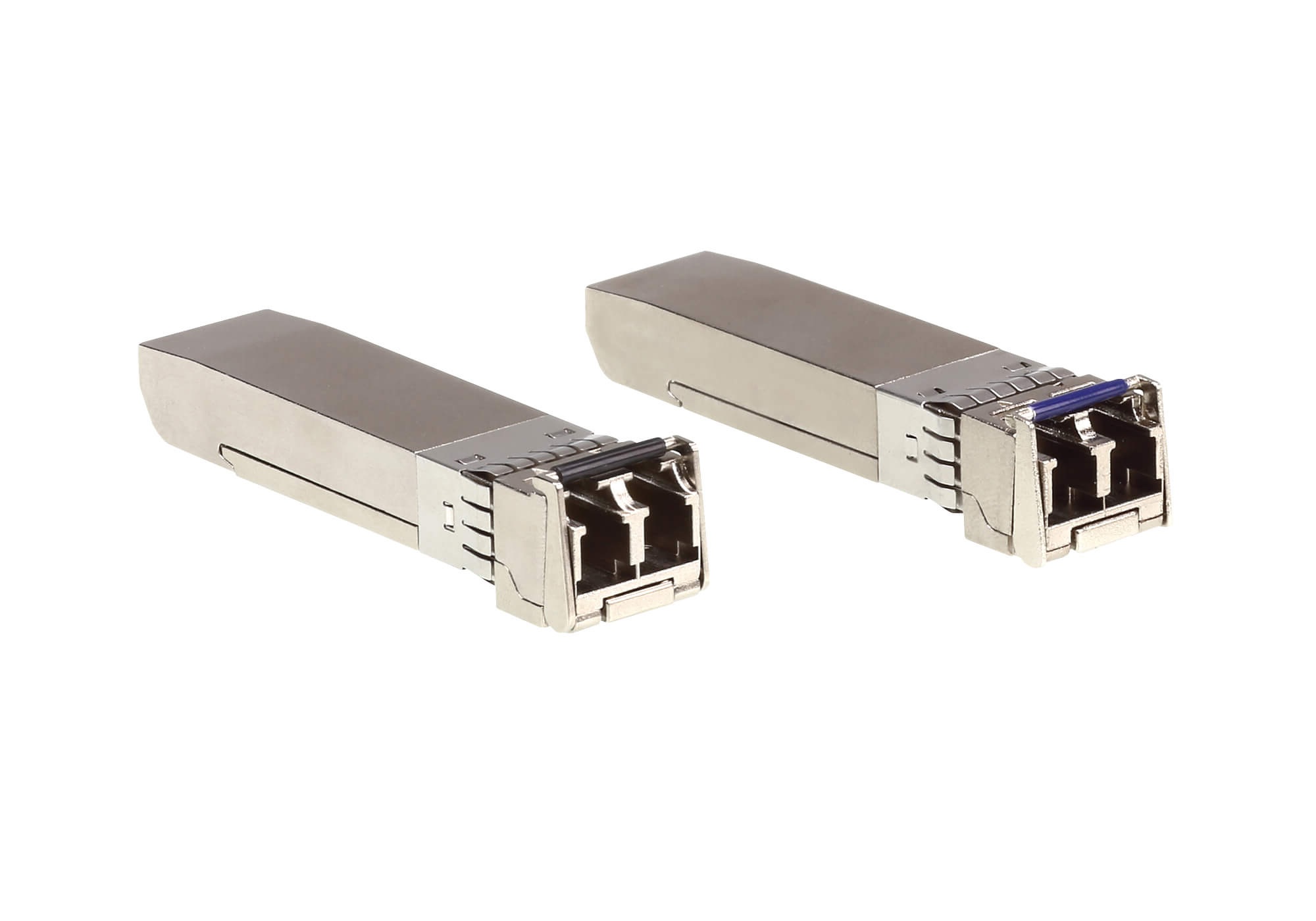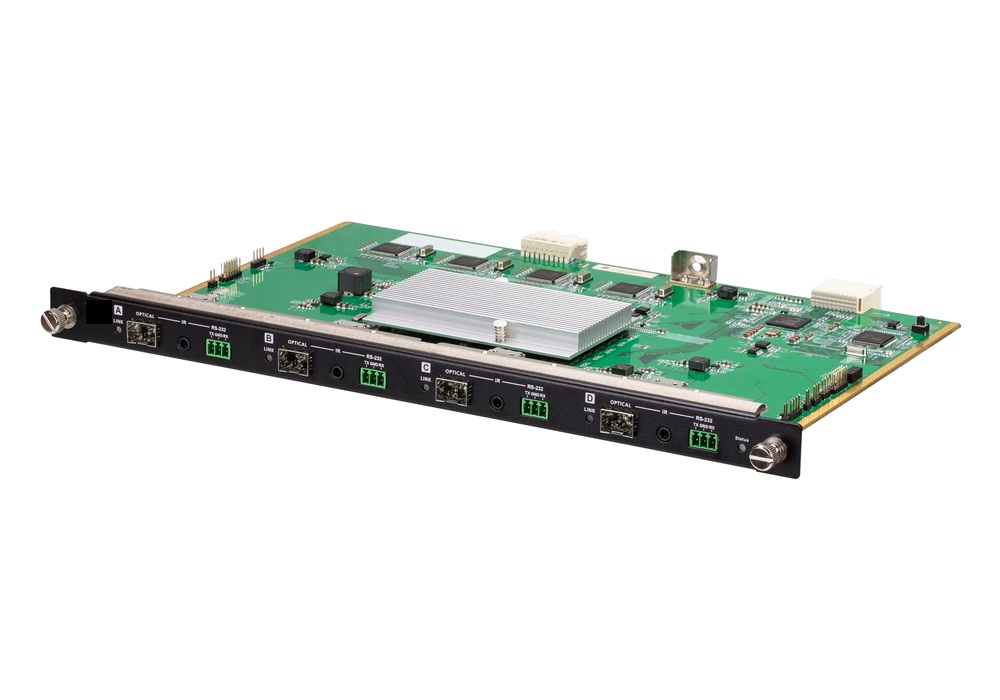High-Speed 10G Ethernet for Demanding Industrial Networks

Can Your Hardware Sustain Real-World 10G Ethernet Deployments?
Not all embedded platforms are engineered for high-throughput networking at the edge. This table compares typical boards with our 10G-optimized systems—highlighting how thermal performance, interface flexibility, and link integrity impact real-world deployment outcomes.
| Question | Standard Embedded Board | 10G-Optimized Industrial Board | Exclusive ODM by MiniITXBoard.com |
|---|---|---|---|
| Can it handle sustained 10G throughput? | No – limited to 1G or 2.5G under peak load | Supports 10GBase-T or SFP+; airflow sensitive | Yes – sustained dual 10Gbps with zero packet loss at full load |
| Are ports modular and field-configurable? | Fixed dual RJ45, no expansion options | SFP+/RJ45 option by model | Yes – combo cages, hot-swappable, BIOS-tunable modes |
| Is thermal throttling an issue during heavy transfers? | Likely – no dedicated PHY cooling | Managed via large copper heatspreaders | No – dual-stage heatsink with link failover and thermal auto-recovery |
| Does it tolerate industrial deployment conditions? | No – rated for office/server rooms | Some models tested for wider temps | Yes – certified -20°C to +70°C, PoE surge hardened, link watchdog logic |
Choose the Right 10G Ethernet Configuration for Your Embedded Application
From AI edge clusters to real-time automation networks, different industrial scenarios demand scalable and robust high-speed networking. Our Mini-ITX platforms offer a variety of 10G Ethernet configurations—supporting copper and fiber, redundancy, and protocol adaptability—ensuring precise alignment with your deployment needs.
Compact Dual 10G Port Systems
Best For: Fanless devices, compact firewalls, surveillance appliances
2x 10GBase-T ports (RJ45 or SFP+)
Passive cooling with thermal throttling safeguards
Optimized for small enclosures and 1U/half-rack formats
When to Choose:
- Space and airflow are limited
- You need basic 10G uplink or video streaming
- Budget prioritization over modularity
Flexible 10G Configs with Link Failover
Best For: Industrial gateways, managed switches, edge servers
Dual SFP+ cages with BIOS-configurable fallback
Hardware link watchdog and VLAN tagging
Supports fiber or copper (RJ45) modules
When to Choose:
- You need flexibility for fiber/copper or transceiver swaps
- Downtime recovery must be automatic
- Network segmentation or QoS is required
Quad-Port Redundant 10G Platforms
Best For: Telco-grade routers, HA clusters, smart factories
4x 10G ports (SFP+ or combo) with bonded LACP/802.3ad
Independent switching domain or dual network separation
Designed for 24/7/365 HA in high-load workloads
When to Choose:
- Redundant uplinks and load balancing are required
- You’re building fault-tolerant or clustered deployments
- Continuous operation under full bandwidth is expected

Build with Confidence on a Custom 10G Ethernet-Ready Platform
Your network demands aren’t generic—neither is our hardware. Whether you’re designing for high-throughput edge servers, secure industrial routers, or fault-tolerant data relays, we’ll help configure a board with the right combination of 10G ports, link-level failover, and throughput tuning to fit your deployment.
- Dual or Quad-Port 10G configurations via SFP+, RJ45, or combo interfaces
- Supports bonded link aggregation (LACP), VLAN tagging, and redundant uplinks
- Optimized for 24/7 uptime under high bandwidth and latency-sensitive loads
Ethernet Port Architectures Tuned for High-Bandwidth Embedded Systems
Not all industrial Ethernet is built the same. This matrix compares how our embedded boards scale from basic dual-GbE configurations to fully optimized, multi-port 10G platforms—showing differences in throughput, failover, and deployment use cases across industries like automation, surveillance, and edge networking.
| Interface Category | Entry-Level LAN Boards | Mid-Tier Multi-GbE Platforms | Advanced 10G-Ready Systems |
|---|---|---|---|
| Port Count & Type | 2x 1G RJ45 (Realtek or Intel) | 4x 2.5G / 1G ports, mix of RJ45 + SFP | 2–6x 10G ports via SFP+ / RJ45 combo |
| Throughput Design | Uplink only, ~1Gbps total | 2.5G per lane, LACP-ready | 10G per port with jumbo frame support and line-rate acceleration |
| Link Redundancy | Basic dual-NIC fallback | Port teaming + Layer 2 failover (LACP/VRRP) | Hardware watchdog with real-time failover, bonded 10G with VLAN |
| Physical Interface | Fixed RJ45 (magnetics on-board) | Combo headers + optional SFP cages | SFP+ cage, RJ45 or direct-to-ASIC PHY via BOM spec |
| Thermal/EMI Shielding | Manual power toggle | Heatsink pads (passive) | Thermally zoned cages, EMI-optimized PCB, isolated 10G PHY channels |
| Protocol Features | PXE boot, WoL | VLAN tagging, SNMP, TCP offload support | LRO/TSO, QoS tagging, Precision Time Protocol (PTP), TCP segmentation |
| Switch Fabric Support | None | Software-managed bridge | Optional Layer 2+3 switch IC or SmartNIC integration |
Thermal & EMI Engineering for Multi-10G Ethernet Performance
Maintaining Link Stability in Heat-Intensive, Noise-Prone Environments
High-bandwidth Ethernet workloads introduce unique thermal and EMI demands—especially with 10G+ interfaces. Our embedded systems are engineered with advanced thermal zoning, shielding strategies, and link stability logic to ensure mission-critical 10G throughput across rugged edge conditions.
Zoned Cooling for Ethernet PHYs & SFP Cages
Targeted airflow around 10G controllers, magnetics, and cages ensures thermal headroom under full-duplex, max-throughput workloads—even in fanless enclosures.
Dual-Stage EMI Protection with PHY Isolation
Integrated board-level EMI shielding and differential PHY separation reduce crosstalk, jitter, and link loss in industrial, surveillance, and transport environments.
Intelligent Bandwidth Throttling
Dynamic link shaping based on thermal load and packet congestion prevents port flapping or thermal-induced latency spikes during peak traffic periods.
Redundant Ethernet with Watchdog Failover
All 10G ports support bonding, failover, or redundant VLAN bridging—ensuring uninterrupted routing for IPCs, AI clusters, or NAS appliances.
Stress-Tested for Real-World Uptime
Thermally validated from -20°C to +70°C with vibration, brownout, and EMI tolerance testing across mobile robotics, smart gateways, and telecom-grade hardware.


Consistency Across Voltage Inputs, Load Events & Serial Uptime
In field-grade and automation environments, a board’s ability to maintain I/O stability across variable power sources is non-negotiable. That’s why our serial-focused platforms are built around multi-input voltage design, lifecycle-stable components, and fixed power management mappings—so your deployment behaves predictably, no matter the input line or power event.
BOM-Locked Power Delivery Architecture
We lock all key power-regulation components—LDOs, polyfuses, power controllers—to ensure no variability across batches, eliminating behavior drift from sourcing changes.
Long-Term Voltage Controller Support
We align our DC-DC converter and switching ICs to controller roadmaps with 7+ year support to avoid drop-in replacements that impact serial signaling timing or stability.
Pre-Mapped Input Voltage Trees
Each board is shipped with validated power trees that match BIOS, kernel, and firmware expectations. This ensures consistent behavior for RS-232/485 performance across 5V, 9V, 12V, or 24V input scenarios—without requiring user-level tuning or redesign.
Consistent Link Behavior Across Silicon Generations and Firmware Updates
In high-throughput edge systems and industrial backbones, network stability depends on more than just bandwidth—it requires long-term consistency in Ethernet controller behavior, BOM integrity, and OS-level tuning. That’s why our multi-10G port platforms are designed with lifecycle resilience in mind, ensuring performance remains stable across revisions, deployments, and firmware updates.
BOM-Locked 10G PHYs & Controllers
We freeze critical Ethernet silicon—including Intel X550, Marvell AQC series, and PHY companions—to prevent drift in link negotiation, power draw, or thermal behavior across production lots.
Pre-Tuned Link Initialization Trees
Each port ships pre-mapped with validated SERDES lanes, MAC layer timings, and UEFI-level BIOS hooks—ensuring plug-and-play consistency for PXE booting, jumbo frame support, or VLAN provisioning without manual configuration.
Multi-Generation Driver Support
All 10G NICs are selected from controller families with 7–10 year support windows, ensuring kernel and firmware compatibility from legacy Linux to custom industrial OS environments.
Deployment-Grade EMI & ESD Design
All Ethernet interfaces are tested under real-world field interference, including EMC and radiated immunity for noisy edge deployments. Boards feature shielded RJ45/SFP cages, onboard surge protection, and isolated PHY grounding to maintain link stability in vibration-heavy or high-transient environments.
Bandwidth Without Compromise for Industrial-Grade Applications
Our platforms are designed with multiple 10G Ethernet ports, delivering dependable line-rate performance across diverse link conditions, topologies, and workloads—ensuring high-speed networking whether you’re building smart factories, edge AI nodes, or secure control systems.
Intel Celeron N150: Balancing Power, Performance, and Practical Efficiency in Compact Systems
Table of Contents 1. Introduction: The Role of the N150 in Modern Embedded Platforms 2. CPU Microarchitecture and Platform Integration 3. Thermal Design and Power Consumption in Real Deployments 4.…
Intel Celeron N300: Engineering Low-Power Performance for Modern Embedded Systems
Table of Contents Introduction: The N300’s Place in Embedded and SFF Markets Architecture & SoC Integration Power Consumption & Idle Realities BIOS & Tuning for Sustained Performance Thermal Performance &…
